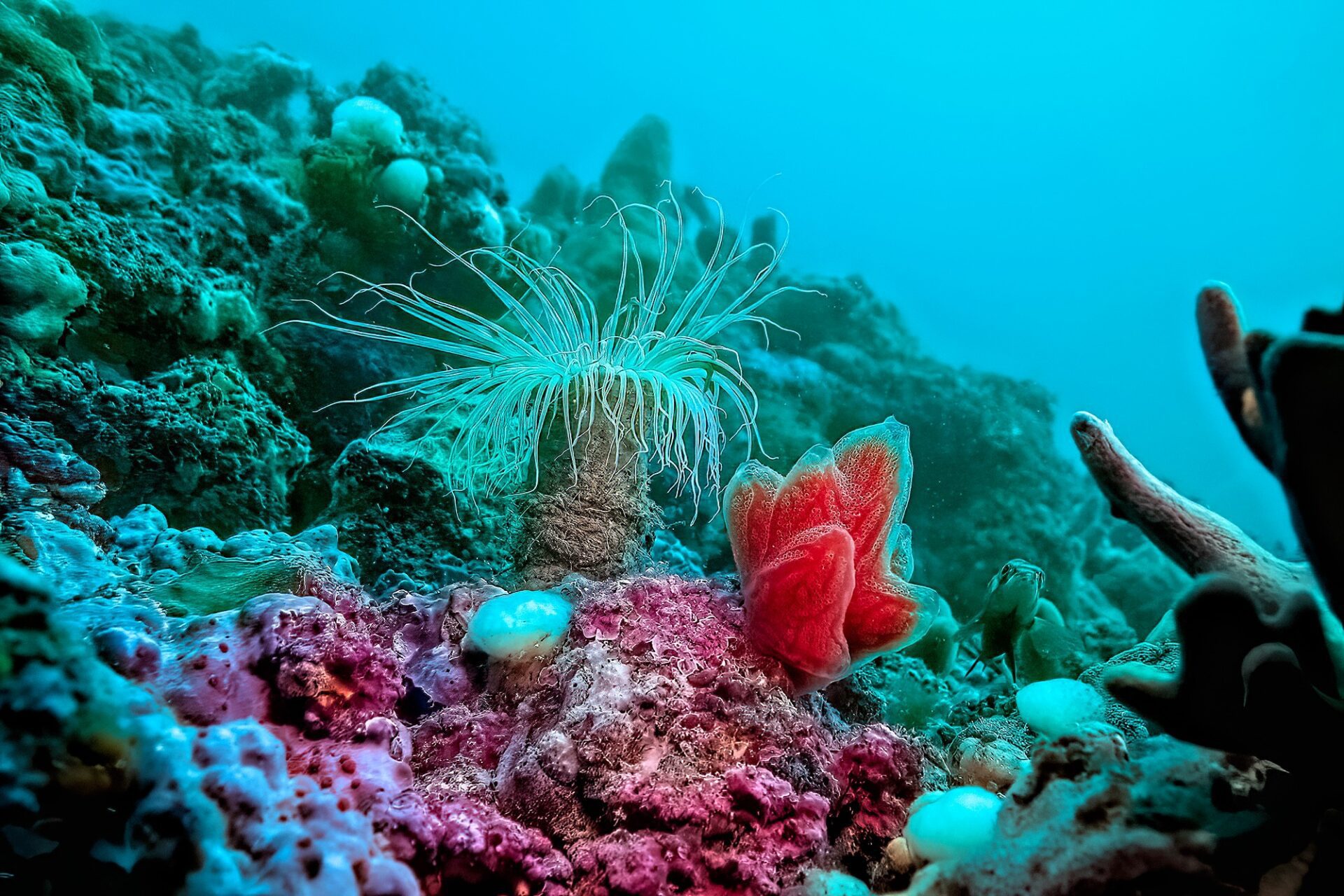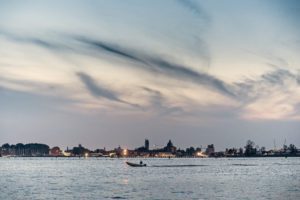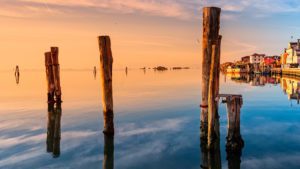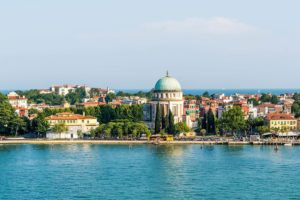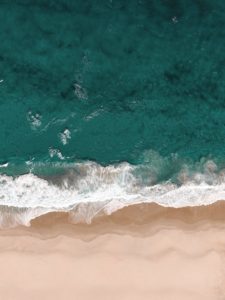Experience
Lido of Venice
Just a few minutes from Venice, there is a green island nestled between the lagoon and the Adriatic Sea, an oasis of peace and nature far from the flow of the crowds, which retains its charm in every season: it is the Lido of Venice.
Natural is one of the best words to describe it: the Lido is a panoramic terrace over Venice with splendid sunsets over the San Marco basin, incredible sunrises from the sea side, green areas, nature protected oasis, parks, gardens and much more.
THE GREEN HEART OF VENICE
If you look for a picture of the Lido of Venice from above, you will notice how this island, only 12 kilometres long, is lush green, covered with trees and public green areas and private gardens surrounding its ancient Art Nouveau villas. A stroll along the Lido or cross it by bike provides a true dip into a unique natural landscape, which in some places is also a nature conservation oasis.
Due to its special location along the migratory routes of numerous bird species, the Lido has no fewer than two nature protection areas, both with free access. They are the San Nicolò oasis, in the northern part of the island, and the Alberoni oasis, in the south. Both are monitored by the Lipu, as two particular species of waders, the plover and the little tern, which nest on the dunes, come here to lay their eggs. The Alberoni oasis, because of its special importance, it is also protected by the WWF. The Lido di Venezia has one of the best-preserved dune habitats in the Adriatic Sea, which is home to a variety of migratory birds, birds of prey and nocturnal birds of prey, in addition to varied vegetation and green pine forests.
PELLESTRINA NATURE
A few minutes by ferry or waterbus will take you to Pellestrina, the island of nature, even more isolated and quiet than the Lido. Travelling all the way to the most southerly part of the island (by bus on line 11 or by bicycle) you will reach Ca’ Roman, its wildest area, connected to the rest of the island by a narrow walkway between the lagoon and the Adriatic Sea. A wild beach and another nature protection oasis can be found here, an environment that has been kept unspoiled thanks to the area’s isolation, with a completely intact and ever expanding dune system, where the Lipu has identified at least 190 bird species in its latest census.
UNDERWATER HERITAGE
And finally, for diving enthusiasts, this part of the Adriatic Sea harbours a hidden pearl: the so-called tegnùe. They are the “trattenute” in the local dialect, so called by fishermen as early as the 19th century because they caught their nets in them. These are rocky limestone formations similar to coral reefs, found in places off Pellestrina and Chioggia. This is where habitats have been created that are populated by algae, molluscs, anemones and fish living in real ecological niches rich in biodiversity. They can be small rock formations or stretches up to hundreds of metres long, and are a real discovery for those who enjoy scuba diving to explore marine habitats.

